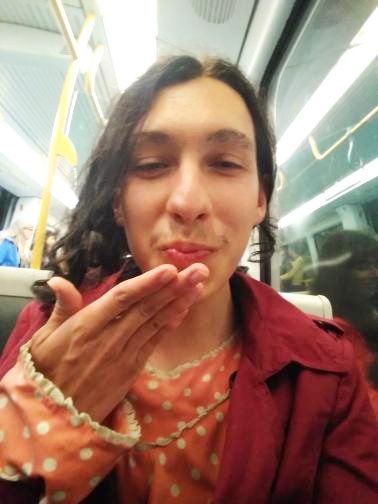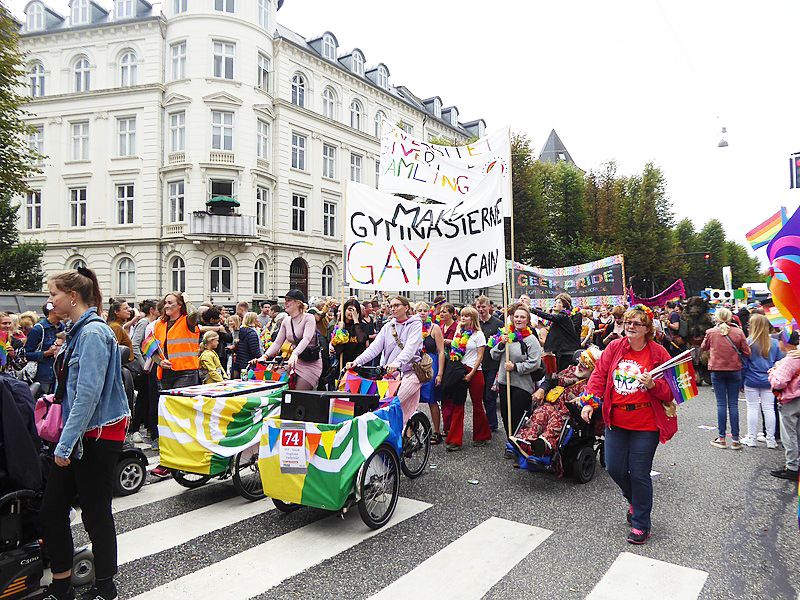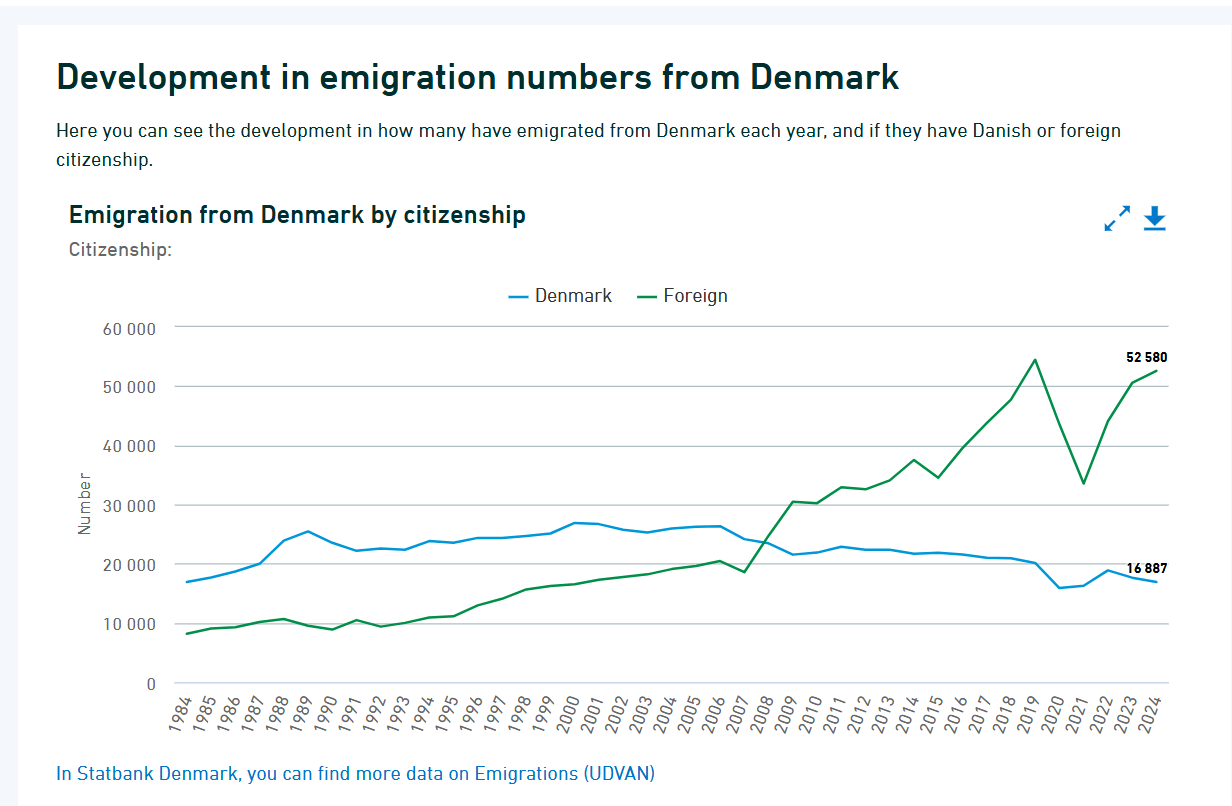A utopia that is safe, progressive, and socioeconomically advanced – this is the general international perception of Denmark, the first country in the world to grant legal recognition to same-sex unions in the form of registered partnerships in 1989.
It was proof that Denmark had come a long way from its severe Penal Code of 1930, which changed the legal definition of homosexuality to scientifically be that “homosexuality is a disease, not a crime”.
However, discrimination on the grounds of sexual orientation was only prohibited in 1996. And it took almost another two decades for a new same-sex marriage law, which came into effect in June 2012, along with a law finally upholding extensive lesbian, gay, bisexual, transgender and queer (LGBTQ+) rights.
Truly welcome?
But does true acceptance come with rights – does the LGBTQ+ community feel included in this Scandinavian land? Is there still discrimination or intolerance, or is Denmark truly one of the happiest and most progressive countries for LGBTQ+ folks?
Ahead of Pride 2022, which concludes with the annual parade on August 23, CPH POST spoke to five young LGBTQ+ individuals, from different countries, who live, work or study in Denmark.
What is their take on inclusivity in Denmark, what challenges do they face in the homogenous Danish society, and do they feel welcome or find it difficult to fit in?
Sergio Gomez

A 31-year-old non-binary genderqueer (they/them) from Brazil pursuing a PhD in Denmark, who has changed their name for this article to protect their identity.
What do you think should be done to help and support queer folks?
Last year, World Pride in Copenhagen was a pure corporate show of entertainment where everything was sponsored, run by capitalism and managed by giant corporate brands. Instead of commercial events, there can be speeches by queer folks, circles or empathy meets where people can share their stories, struggles, or anxieties irrespective of who you are or where you are from. There should be talks about the discrimination or slurs that LGBTQ+ members face daily, battles with family, acceptance among friends or partners, and scope for education or jobs.
What are some of the issues apart from queer rights that should be spoken about during Pride?
If Denmark already has progressive queer rights, which it probably does, we should talk about other issues such as the refugee crisis, deportation centres, asylum-seekers, the inclusion of immigrants and moving beyond the binary norms of society. We would get to look beyond Denmark and help queer folks around the world. We must open up to non-Europeans – include non-white people because we do not want to be a minority in the minority. That is queer activism, and that would be an inclusive Pride where we celebrate the love towards every human and every living being.
Ivana Vrkić

A non-binary pansexual (they, them) from Dugirat in Croatia who has been living and writing their master thesis in Denmark.
What are the struggles within the LGBTQ+ community? Is there any kind of backlash or judgement towards identity crisis or sexual orientation?
I think we need to change the way we look at queer folks. Often, gays, lesbians, trans and members of the LGTBQ+ community are looked at as colourful, cute and pretty beings. We are not just cute and colourful. We are more than that. You do not wake up queer just one day – you live with yourself every day. It is who you are. We need to fight for our rights and continue queer activism because it is a process. It is not only during Pride or queer marches that you come out and celebrate, it is every day that we get to fight for our LGBTQ+ rights. It does not mean that one day we celebrate love and freedom and the rest of the days we face criticism and discrimination in our daily lives.
Have you experienced or been a part of queer activism?
I believe queer activism begins in daily life. You don’t know you are in a closet until you get out of it. Listen to people in the closet. Don’t put them back in the closet. It’s really tight in there. I have attended a lot of protests and marches for human rights, peace, equality and women empowerment, but when I attended Pride I felt like I was looked at as a colourful object of entertainment. People were just holding their beers and staring at what was happening. It’s not a day of entertainment. Yes, it is a celebration of love but there can be so much more that can be done on the one day where queer people have the attention of everyone.
Gin García Martín

A 23-year-old agender bisexual queer activist (they/them) from Bilbao studying bioinformatics in Denmark.
How long have you lived in Denmark?
I moved to Denmark from Bilbao and have been living here for more than one year. It is the first time I have lived outside Spain, and for the last year I have felt at home in Denmark because I have the space to carry out activism via micro activities that makes me feel included in society.
Have you encountered racism, transphobia or queerphobia in Denmark?
I have researched and experienced that there is an influential binary gender system prevalent in Denmark. For example, the last digit of the civil registration number (CPR) number, which is the basic proof of identification of every resident in Denmark, indicates the gender of the person under the binary system. The last odd digits are for men and even numbers are for women – there is nothing for the third gender or non-binary queer folks. Along with racism, there is transphobia, homophobia and queerphobia in Danish society, which is under the rug.
Do you think there is scope for queer activism in Denmark?
I strive to propagate gender neutrality, body positivity and the inclusion of queer folks, but queer activism is non-existent in Denmark at a political or fundamental level. It seems as if we are living in a perfect country in a perfect world and everything is alright. There is no expression or fight for trans rights. Maybe we lack a critical point of view from the queer community itself. At a decision-making level, I think there should be an active representation of the queer community in Danish politics. Queer people are the best ones to know the struggles they face under their skin, instead of just having the queer people research institute or a binary politician passing laws for the community. Also, at a basic level of social interaction, I think people should respect pronouns because they are not just mere pronouns, they mean a lot to me, and to us.
David August Holst Ayoub

A 22-year-old non-binary pansexual (they/them) who moved to Denmark from Palestine when they were three years old.
Do you feel safe and included in Denmark?
Compared to Palestine, Denmark is a far safer country for LGBTQ+ members because, in the Middle East, one might get killed or abandoned if they come out as queer. In Denmark, I feel safe because I can be myself and whoever I want, but at the same time Denmark is not 100 percent safe or inclusive. Often, when I am hanging out with my queer friends, I face criticism or homophobic slurs passed at me on the streets or in nightclubs. Even though it is a progressive country where education is available for free, not everyone accepts queer people.
What can be done to propagate inclusivity in Denmark?
Before you hate somebody just put yourself out there in their position. Give respect; if you cannot accept queer people then just mind your own business and let people be. I have been working as a volunteer at the queer bar Kromosom in Aarhus City where we host drag shows, queer concerts and music events, essentially providing a space for open multilateral conversation. There should be more creative spaces and not just gay nightclubs or trans bars. There should be spaces where queer people can engage in a conversation, share their stories, find connections, do what they want and feel they belong, so they can create something together for social change.
Mafalda Nunes

A 22-year-old lesbian software engineer from Lisbon (she/her), who has been studying and working in Denmark for over two years.
What are the differences between living in a city and a small town in Denmark?
I need to live in a city to feel at home. Initially, I lived in a small town in Denmark called Horsens and it was not a good experience. Horsens is a small town where people are not open-minded or do not have a queer community. There are no spaces for volunteering or queer clubs to share and connect with others. But when I moved to a big city in Denmark, I could be openly lesbian. I feel comfortable in a big city, but I cannot see myself living here for long.
What are the challenges you faced living in different parts of Denmark?
Danish queer folks connect with other queer folks from Danish society, but not so much with international queer folks. I can connect far more easily with an international member of the LGBTQ+ community. I think Danish society is welcoming but not inclusive. Comparing Portugal to Denmark, back home there are a lot of queer clubs, voluntary organisations and safe spaces. I felt free in Lisbon and I feel free in Aarhus or Copenhagen too. But I cannot live in a small town – even in a developed country like Denmark.


















